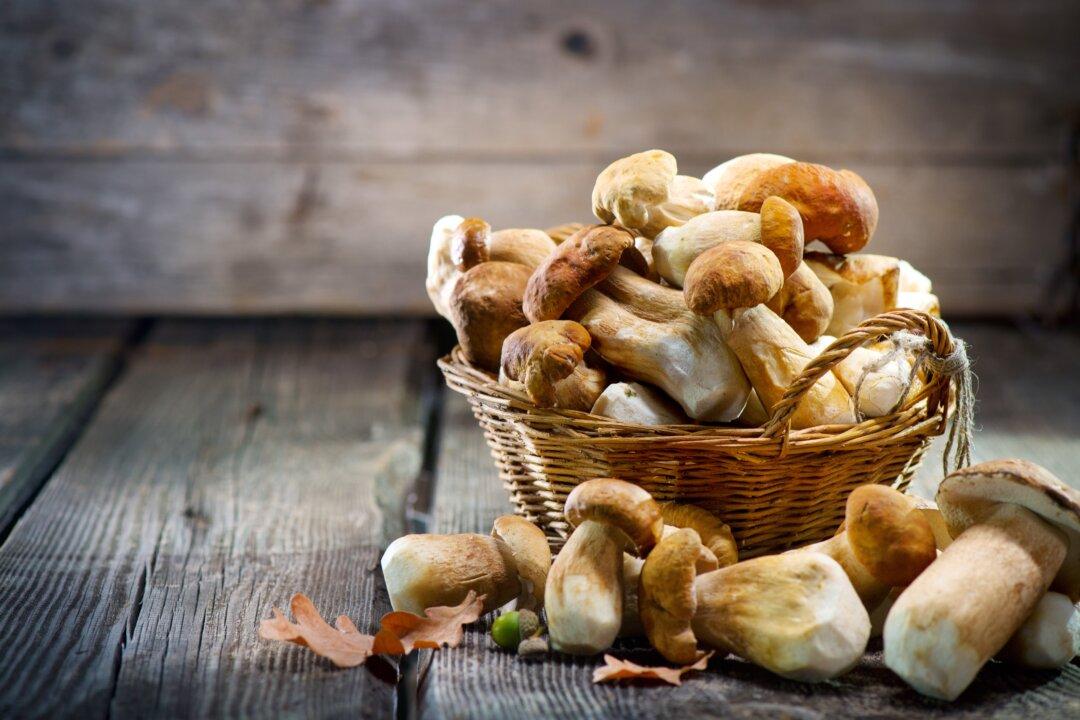A recently published literature review found that eating 18 grams of any type of mushroom contributes to reducing your potential risk of cancer. Mushrooms aren’t plants or animals. They are umbrella-shaped fruiting bodies of a fungus that typically grows above ground.
Mushrooms produce millions of microscopic spores that are spread by animals or the wind. Once these have germinated in wood or soil, they send out a network of rooting threads called mycelium that can persist for many years. Mycelium digests the surrounding nutrients externally and then absorbs those nutrients.






